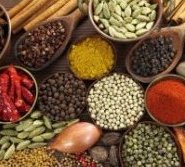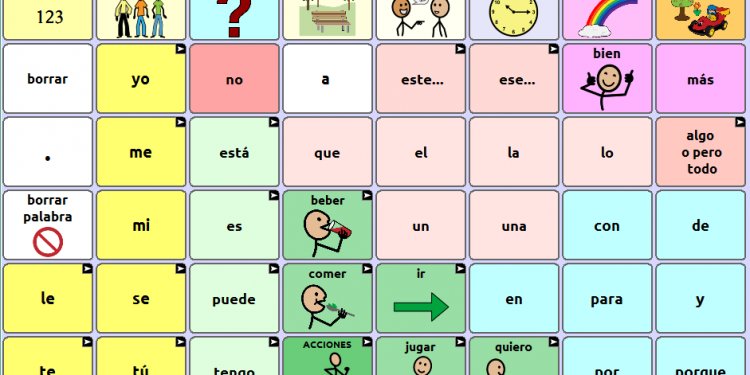
Basic Spanish language learning
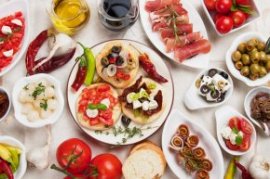 Food is the heart of culture.
Food is the heart of culture.
Rituals, events, and family dynamics are centered around food.
We grow closer to family and friends by choosing ingredients, cooking meals, and sitting down to meals together.
As Spanish language learners, we grow closer to the Spanish language and Hispanic culture by learning key food and cooking vocabulary.
The Spanish cooking vocabulary provided here was hand-picked to give you an authentic taste of life in Spanish-speaking regions of the world. This thorough glossary of kitchen terminology will help you navigate any Spanish language recipe and cook authentic Hispanic cuisine in the comfort of your own home.
Why You Should Learn Spanish Through Cooking Hispanic Cuisine
You may be wondering, “what’s so special about Hispanic cuisine, anyway?” The answer:You could spend a lifetime trying to eat your way through the tortillas, tamales, arepas, roasted meat, fresh cheese, guacamole, seafood, tropical fruits, and rice and beans. Doesn’t sound like such a bad life goal though, does it?
While becoming immersed in the Spanish language and eating out at restaurants abroad, you’ll encounter an incredible diversity of Hispanic foods. Be sure to learn some essential travel phrases so you can make your way to a great restaurant when wandering the streets of a new city.
The regions of Spain alone offer a wide array of culinary styles, from rice dishes to seafood and roasted meats. Taking all of Latin America into consideration, one can become overwhelmed trying to define the sweeping category that is Hispanic cuisine. It is truly an abundant, colorful cornucopia formed by elements of European, Native American, and African culinary tradition.
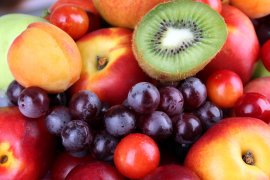 How to Learn Spanish Through Cooking and Eating
How to Learn Spanish Through Cooking and Eating
You eat every day, don’t you? By integrating Spanish learning into your shopping, cooking, and eating habits, you infuse one more aspect of your life with your new language. And can you honestly tell me that you don’t enjoy talking about food? Just writing this is making me hungry!
As an added bonus, once you begin to familiarize yourself with Spanish cooking vocabulary you’ll find many more learning tools and strategies opening to you:
• Shop at a local Hispanic grocery store and practice by reading Spanish labels.
• Make a Spanish shopping list whenever you go to the store to reinforce what you’ve learned.
• Watch Spanish language cooking shows to pick up new recipes and kitchen tricks.
While cooking styles are very variable throughout the Spanish-speaking world, the basic ingredients and preparations are strikingly similar.
Spanish Food Vocabulary: 83 Delicious Spanish Cooking Terms for the Kitchen
Familiarize yourself with the following cooking essentials to get started.
Fruit – Fruta (froo-tah)
Traveling throughout Latin America you are bound to stumble across many a strange and mysterious fruit. Tasting the tangy, orange-like naranjilla (nah-rahn-hee-yah), the sweet tree tomato known as tomate de arbol (toh-mah-teh deh ahr-bohl) is guaranteed in western South America. I’ve tried dozens of jungle fruits only known colloquially. That being said, you are definitely familiar with many of the fruits used in traditional Hispanic cooking.
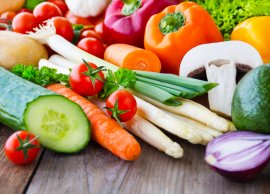 Apple – Manzana (mahn-zah-nah)
Apple – Manzana (mahn-zah-nah)
Orange – Naranja (nah-rahn-hah)
Lemon – Limón (lee-mohn).
In many parts of Latin America you won’t see the big, puckered yellow lemons found in the United States. The word limón is often used interchangeably to mean lemon and lime.
Passionfruit Maracuya (mah-rah-coo-yah)
Guava – Guayaba (why-yah-bah).
Be careful, as guava in Spanish refers to an Inga tree fruit and another similar-sounding fruit, guanábana, is a tangy, spiky beast of a fruit.
Vegetables – Vegetales (veh-heh-tah-lehs)
is a commonly used word to say “vegetables” in spoken Spanish, but verduras (vehr-doo-rahs) is the more technically correct term.
Carrot – Zanahoria (zah-nah-oh-ree-ah)
Chili Pepper – Ají (ah-hee)
Lettuce – Lechuga (leh-chu-gah)
Onion – Cebolla (seh-boy-yah)
Pepper – Pimiento (pee-mee-ehn-toh)
Tomato – Tomate (toh-mah-teh)
Staple foods – Alimentos básicos (ah-lee-mehn-tohs bah-see-kohs)
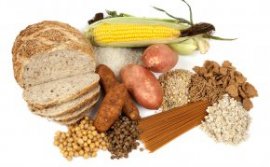
A common complaint among foreign exchange students in Latin America is the huge quantity of starch in their new diets. Don’t plan to travel here without gaining a few pounds! Serving sizes can be intimidating first (even for Americans), but after a few months of adjustment your stomach will rumble in protest if you forgo eating a huge plate of rice and beans for lunch.
Corn – Maiz (mah-eez)
Rice – Arroz (ah-roz)
Beans – Frijol (free-hol) or Fréjol (frey-hol)
Flour – Harina (ah-ree-nah)
Lentils – Lenteja (len-tay-hah)
Potato – Papa (pah-pah)
Plantain – Plátano (plah-tah-noh) Watch out for regional variation. means banana in Mexico and some other parts of the Spanish-speaking world.
Cassava root – Yucca (yoo-cah)
Herbs and spices – Hierbas y especies (yer-bahs ee eh-speh-see-yehs)
Here is where the distinctive flavors of Hispanic cooking originate.
Basil – Albahaca (ahl-bah-kah)
Bay leaf – Laurel (lao-rehl)
Cinnamon – Canela (cah-neh-lah)
Cumin – Comino (coh-mee-noh)
Ginger – Jenjibre (hen-hee-brey)
Oregano – Orégano (oh-rey-gah-noh)
Pepper – Pimienta (pee-mee-ehn-tah)
Salt – Sal (sahl)
Animal products – Productos animales (proh-dook-tohs ah-nee-mah-lehs)
These products are often the main event of the meal, despite the tower of rice and beans on the plate. In Latin America, most body parts of the animal are cooked and eaten in some way. Nothing goes to waste, and you get to be adventurous.
Red meat – Carne (cahr-neh)
Beef – Carne de res (car-neh deh rehs)
Chicken – Pollo (poy-yo)
Pork – Carne de cerdo (cahr-neh deh cehr-doh)
Pork chop – Chuleta (chu-leh-tah)
Fish – Pescado (peh-scah-doh)
Egg – Huevo (way-voh)
Milk – Leche (leh-cheh)
